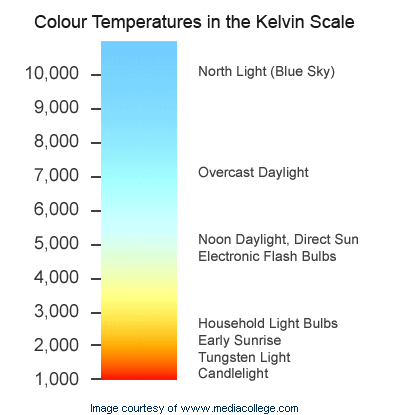"Green" and "Sustainable" seem to be used as if they mean the same thing in mainstream media. However they are not the same:
Green but not sustainable:
Michael Pollan has a good example of this in his book
The Omnivore's Dilemma: industrial organic food. The food is raised without artificial fertilizers or pesticides. However, it is raised in a giant monoculture. This means that a single disease could wipe out the entire crop. It also means that the land is not replenished by the crop growth so more and more fertilizers are needed to keep up yield.
Another example is in the common complaint about
LEED not being green enough. I think, this could be a complaint about LEED not being as strong about sustainability as some might like. A recycled, refurbished, bright and airy building with solar panels constructed in the middle of nowhere is not sustainable to operate or for occupants to get to... yet it can still be LEED certified - a "green" building.
Sustainable but not green:
A small community raises pigs and chickens in a factory farm in addition to having a number of farms to supply food to the animals and people. The waste is rotated between a number of storage ponds where the land is severely polluted but the waste is broken down at a rate such that additional land is not required to contain it. The water supply is contaminated but sufficient rain falls that cachement supplies the required amount year-round. By having multiple animal types, a cull due to disease outbreak in one population does not result in a total loss of income or food supply.
This is, I will admit, a bit contrived but is within the realm of possibility for a small enough community without economic growth as a primary goal. It would be impossible to call this situation green but it, arguably, could be sustained.
The relationship between sustainability and green does exist. Namely that it is very hard for a planet of
6.8 billion people to be sustainable without being green because the environmental impact of our current technology is too high. To ensure that we can continue to live here, for human life to be "sustainable", our impact needs to be moderated. The best way we know to do that is by being "green."
It also highlights that "sustainability" is about the entire system. There cannot be "waste" and inputs cannot come exclusively from limited supplies when the population is too large. Or, as
William McDonough puts it, "Waste equals food."
Maybe it is fair to say that the missing distinction is that sustainability requires systems thinking while green is about point solutions?












